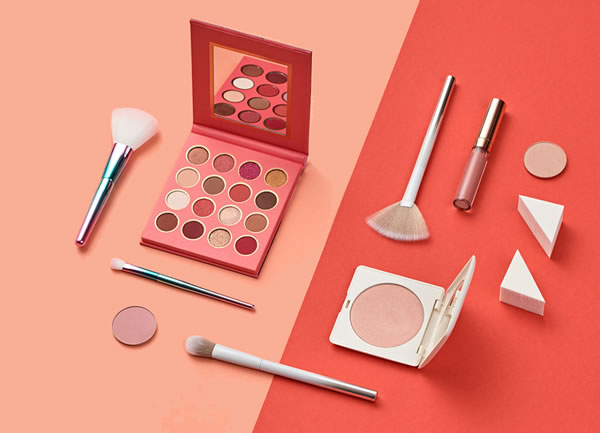View the study here: Journal of National Cancer Institute
At CTPA, we understand that such reports can cause alarm. Our scientific team has looked into the science of the study in detail, and it does not show that hair straighteners are unsafe or that their ingredients cause cancer. The reasons for these conclusions are explained below.
How the study was conducted
The ‘Sister Study’ is a USA-based research programme which enrolled just over 50,000 women, who had at least one sister diagnosed with breast cancer. The women’s characteristics and lifestyle factors were recorded, including age, ethnicity, education, Body Mass Index (BMI), smoking and alcohol status, along with how often they used different hair products. The women were contacted again regularly for 10 years after enrolling in the study for health updates regarding new cancer diagnoses and other health-related changes.
Analysis of the study findings
One factor doesn’t necessarily cause another
The study authors reported that women within the study who had uterine cancer were more likely to have used hair straightening products at least once over the past 12 months than the rest of the women in the study.
However, the study also found that women who had uterine cancer were more likely to be older, less physically active and have a higher BMI than the rest of the women in the study. Therefore, the study could equally have linked any of these other factors to a higher risk of uterine cancer in its conclusion. When looking at scientific studies which report an association between two factors, it is important to consider whether there could be something else that is either responsible for, or contributing to, a study result. Just because two factors are associated, it doesn’t mean that one has caused the other. For example, the women with uterine cancer were also slightly more likely to have a college degree than the overall study average, but it wouldn’t make sense to suggest that having a college degree has any causative role in uterine cancer.
The suggested reasons for an association between hair straighteners and cancer are unfounded
The authors suggest that use of hair straighteners and uterine cancer may be related because of certain ingredients in the products. However, the study did not gather data on which products were used or their ingredients. In fact, several chemicals suggested by the authors as possibly being responsible for a link between these products and cancer, i.e. phthalates and bisphenol A, are either banned or not used in cosmetics.
The study found that the use of other hair products such as hair dyes was not associated with an increased risk of uterine cancer, yet these products are likely to contain a number of the same, safe, ingredients as straighteners. In fact, women who had used hair dyes over the past 12 months were less likely to have uterine cancer than those who had not used hair dyes. This illustrates how unreliable it is to take an association between two factors to say that one causes, or protects against, the other.
All cosmetics and personal care products must be safe by law
All cosmetic products sold in the UK are regulated by strict UK legislation. The most important purpose of these laws is to protect the safety of those who use cosmetics.
All ingredients in cosmetics and personal care products undergo much research, carried out by both industry expert scientists and independent scientists reporting to authorities across the world, before being introduced to the market. Also, every single cosmetic product must be approved by a safety expert before being sold.
This safety assessment looks at the wealth of science behind the ingredients, who uses the products, how and where they are used and how often over a lifetime. Once on sale, companies continue to monitor consumers’ use of their products, for example by recording and monitoring any undesirable reactions, as well as reviewing any new science that becomes available, to confirm the safety of products on an ongoing basis.
We can have confidence in the safety of our hair straighteners and all cosmetic products.
More information about the safety of hair products can be found here.
For further information about interpreting scientific study results, Sense About Science has a helpful guide: ‘I don’t know what to believe’.


